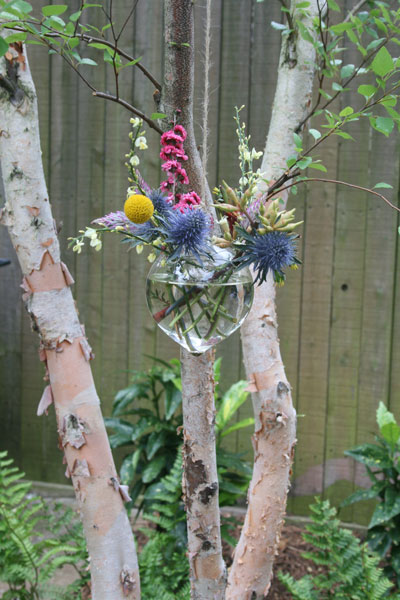Spring fling in a vase
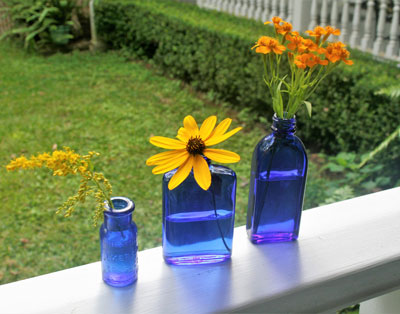
The old adage “April showers bring May flowers” is music to the ears of gardeners who savor the season for its abundance of blooms. And while flower fanciers bask in the show as the buds unfurl, bouquet makers see the promise of spring bouquets.
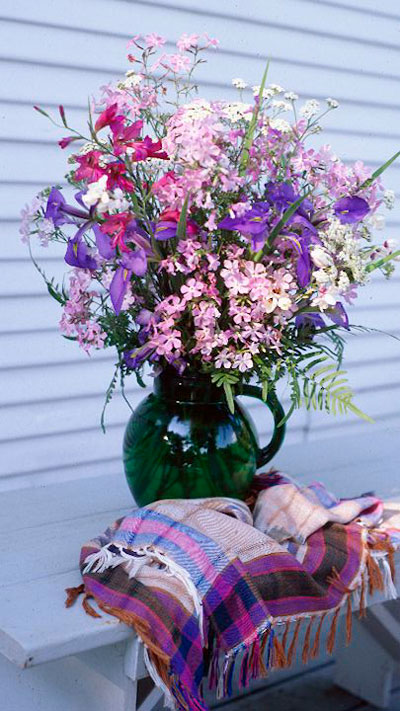
Luckily, you don’t have to be a professional florist to create a memorable arrangement. The secret is to keep things simple, as serendipitous as the season itself.
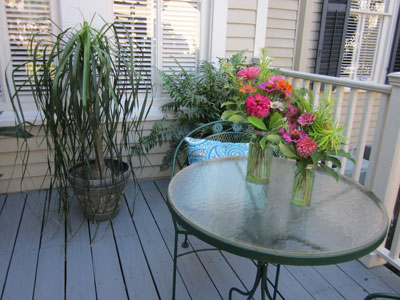
Start by exploring your landscape in early morning or evening … perennial borders, herb gardens, shade gardens, flower beds, and even hedges are sources for flowers and foliage. Cut flowers when they are halfway open and showing color; select foliage that is fresh and undamaged. Cut at an angle using clean, sharp scissors or clippers. The longer the stems the better. Immediately place the stems in a pail of water.
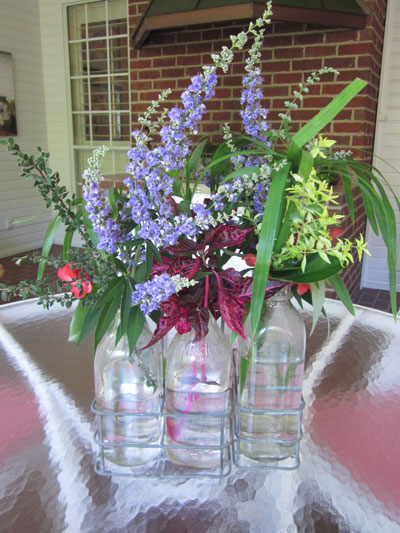
There are no hard and fast rules for making homegrown bouquets: display a single flower in a bottle, arrange an assortment of foliage in a vase, or flaunt an armload of blooms in a bucket. For mixed bouquets, select flowers with different characteristics. Iris, yarrow, monarda, delphinium, and other upright growers add height. Big, round blooms—rose, calendula, coneflower –provide substance. Clip sweet pea for its cascading stems. For filler, think fern and herbal foliage. Besides furnishing various textures and shapes, sprigs of rosemary, lemon grass, lemon balm, and mint provide countless shades of green: blue-green, emerald green, chartreuse, variegated green and white, to name a few. Change the color palette with santolina, sage, or other gray herbs. Finally, don’t overlook shrubs. Bouquet enthusiasts value flowering quince and forsythia for their architectural structure and early spring color. Showcase the woody stems by displaying them alone in a vase.
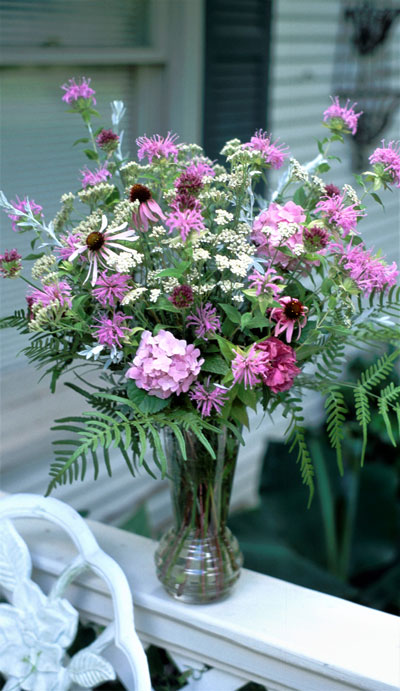
Half the fun of making a spontaneous, unstructured bouquet is selecting a container. Buckets and baskets, bottles and bud vases, pails and pitchers, and even tin cans: almost anything goes, as long as it holds water and accommodates the size and amount of floral material you’ve picked.
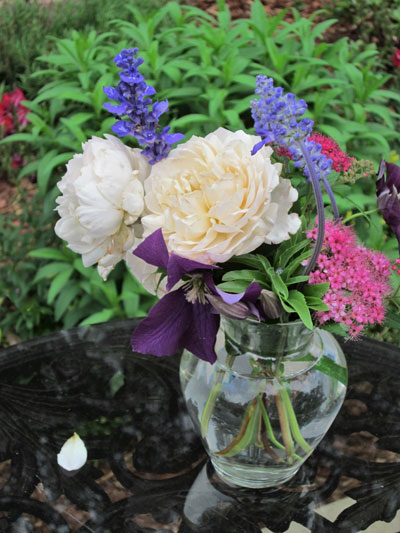
Start by filling the container with lukewarm water fortified with floral preservative. (Make your own preservative by adding 3 drops of bleach and 1 teaspoon sugar to a quart of water.) Hold each stem under water, and make a fresh cut about an inch above the original cut. Remove the foliage that lies below the waterline. (Tip: If the stems need support put crumpled chicken wire in the container before you begin.) Extend the life of the arrangement by changing the water every few days. Keep it out of direct sunlight.
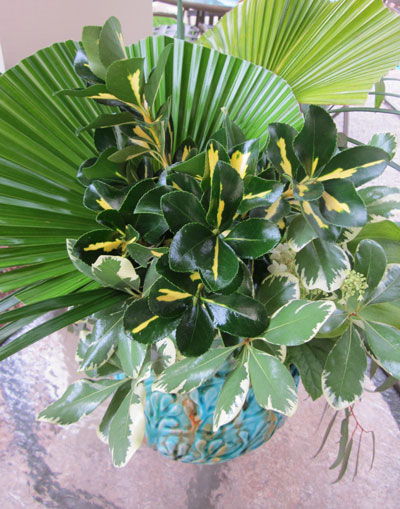
So what are you waiting for? As spring awakens and nature works her magic, why not grab the clippers, head for the garden, and sample the colors, textures, shapes, and fragrances the season has to offer.
